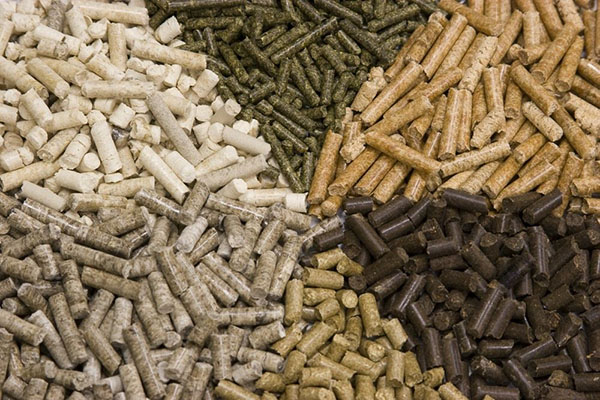Global feed production slightly down in 2023

Global compound feed production declined slightly last year. That’s according to US feed manufacturer Alltech in its Agri-Food Outlook 2024 report, based on an annual survey of more than 27,000 feed producers in 142 countries. They report that global production is down 2.6 million tons, or 0.2 percent, to nearly 1.29 billion tons compared to 2022. According to Alltech, this is due to a slight decline in overall feed demand.
Animal protein production was characterized by narrow margins in some regions, as less feed is required in more efficient production systems. In addition, changing consumer behavior due to inflation and nutritional trends, rising input costs, and geopolitical tensions impacted feed production in 2023. However, the situation was different in different parts of the world.
In Europe, compared to 2022, feed production decreased by 3.8 percent to 253.2 million tons, and in North America, feed production decreased by 1.1 percent to 259.3 million tons, while the number of producers decreased.
In terms of species, the largest amount of compound feed globally in 2023 was produced for fattening chickens at 385.0 million tons, up 3.5 percent from the previous year. Feed for pigs came in second place, although global production fell 1.2 percent to 320.8 million tons. With the exception of Latin America, production in the rest of the world rose 2.4 percent, and in Europe it rose 3.3 percent to 72.6 million tons. In addition to low producer prices in the U.S. and China, African swine fever (ASF) continues to impact hog production in China and Southeast Asia, according to Alltech. Global cattle feed production also declined last year.
China remained the world’s number one producer in 2023 with a total feed production of 262.7 million tons, up 0.8% from the previous year. In second place is the United States with 238.1 million tons, ahead of Brazil with 83.3 million tons. Spain is the largest compound feed producer in the European Union with 27.5 million tons, but it produced 11.9% less compound feed than in 2022.
Read also
Wheat in Southern Brazil Impacted by Dry Weather and Frosts
Oilseed Industry. Leaders and Strategies in the Times of a Great Change
Black Sea & Danube Region: Oilseed and Vegoil Markets Within Ongoing Transfor...
Serbia. The drought will cause extremely high losses for farmers this year
2023/24 Safrinha Corn in Brazil 91% Harvested
Write to us
Our manager will contact you soon



